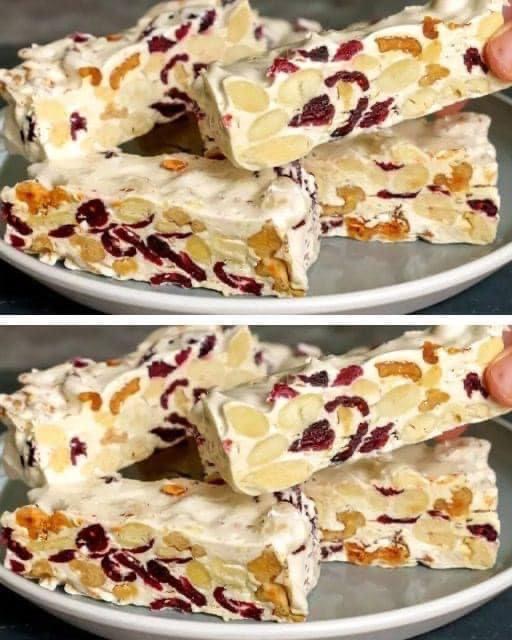ADVERTISEMENT
especially with fresh eggs that typically are more difficult to peel.
More Controlled Cooking: The hot start method allows for more precise control over the cooking time. Since the water is already hot, the time it takes for it to come back to a boil is reduced, and the cooking process starts immediately.
Reduced Cracking: Adding eggs to cold water and then heating it up can cause the eggs to crack due to rapid temperature changes. Starting with hot water minimizes this risk as the temperature shift for the eggs is more gradual after the initial shock.
Steps to Perfectly Cooked Eggs with the Hot Start Method
Boil Water: Bring a pot of water to a boil. The water level should be enough to cover the eggs by at least an inch.
Prepare Eggs: Take the eggs out of the fridge just before cooking to avoid extreme temperature differences. Lower the eggs gently into the boiling water using a spoon or ladle to prevent cracking.
Set Timer:
For soft-boiled eggs, cook for about 6-7 minutes.
For firmer yet creamy yolks (medium-boiled), cook for about 8-9 minutes.
For fully firm yolks (hard-boiled), cook for about 11-12 minutes.
Ice Bath: Once the eggs are done, transfer them immediately to an ice bath or run under cold water for at least a minute. This stops the cooking process and makes peeling easier.
Peel and Enjoy: Tap the eggs gently to crack the shell, then start peeling. The shell should come off easily and cleanly.
Conclusion
If you’ve been starting your eggs in cold water, switching to the hot start method might change your cooking routine for the better. This method not only simplifies the peeling process but also improves the overall texture and appearance of your cooked eggs. Give it a try next time, and enjoy the simplicity and perfection of well-cooked eggs every time.
ADVERTISEMENT
